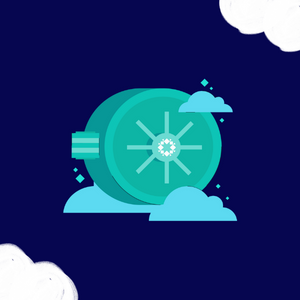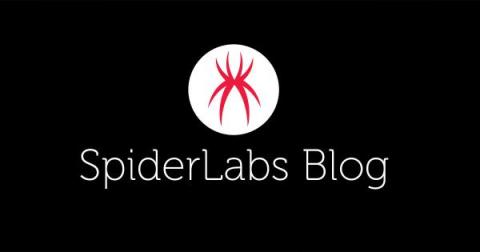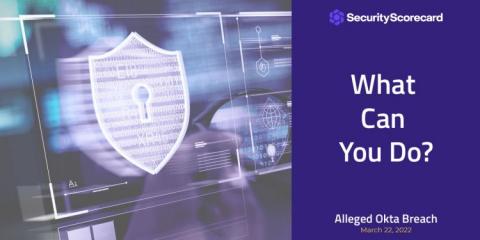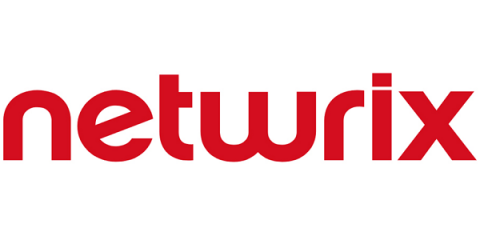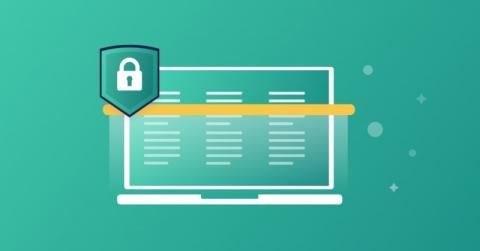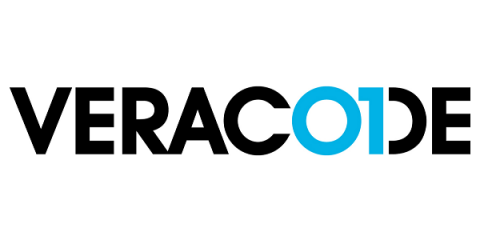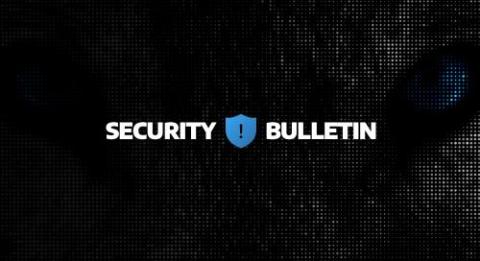Frequently Asked Questions about Rubrik Cloud Vault
At the Rubrik Data Security Spotlight, we introduced Rubrik Cloud Vault, our fully managed, secure, and isolated cloud vault service built on Microsoft Azure. Rubrik Cloud Vault enables customers to build a comprehensive and multi-layered data protection strategy to be cyber resilient.


